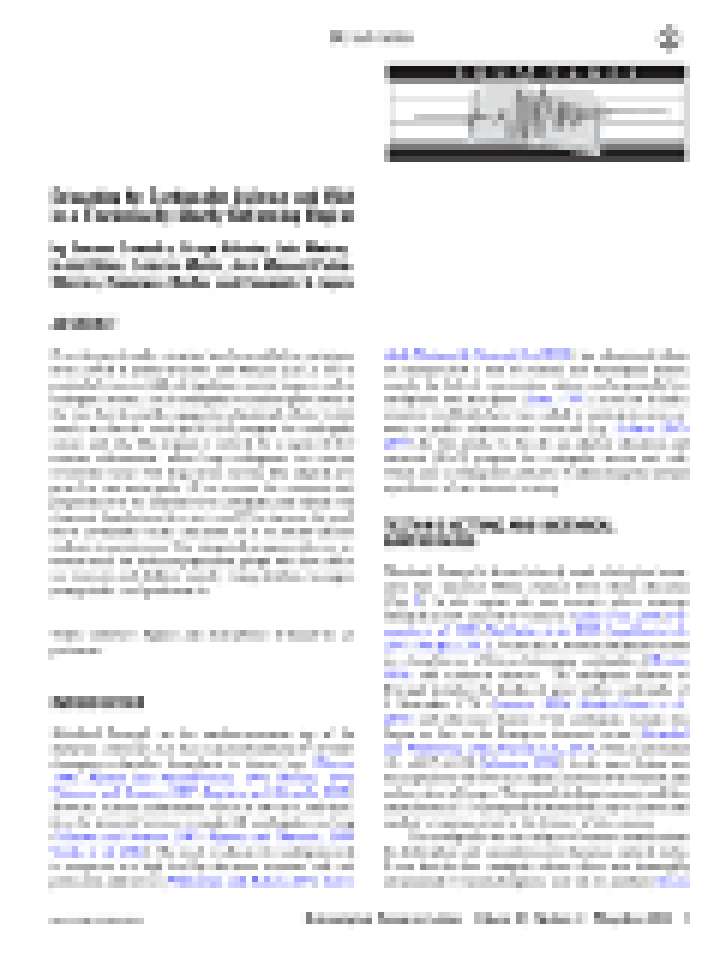Educating for earthquake science and risk in a tectonically slowly deforming region
Seismological Research Letters Volume 87, Number 3 May/June 2016, doi:10.1785/0220150239
This article describes an adapted education and outreach program for earthquake science and risk. The program is tailored for a region of slow tectonic deformation, where large earthquakes are extreme events that occur with long return periods. The adapted program has two main goals: i) to increase the awareness and preparedness of the population to earthquake and related risks (tsunami, liquefaction, fires, etc.), and ii) to increase the quality of earthquake science education, so as to attract talented students to geosciences. This integrated program relies on activities tuned for different population groups who have different interests and abilities, namely young children, teenagers, young adults, and professionals.
Over the past decade, scientists have been called to participate more actively in public education and outreach. This is particularly true in fields of significant societal impact, such as earthquake science. Local earthquake risk culture plays a role in the way that the public engages in educational efforts.
Explore further
